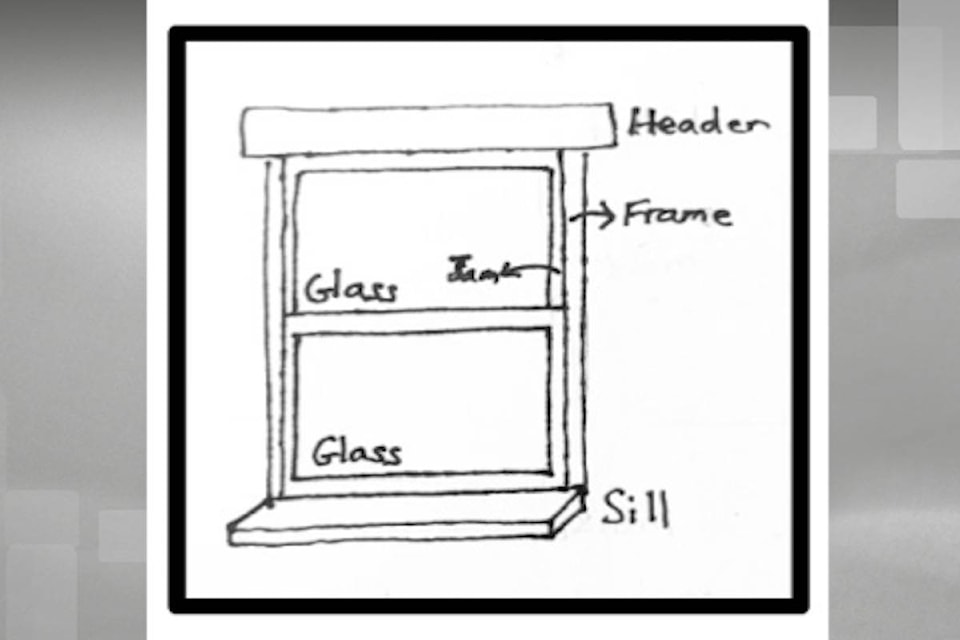The greatest tool we have to fight climate change in our personal lives is a home energy audit.
Most photovoltaic installers will recommend doing an energy audit first, before you put in solar panels. Why? The dollar you spend on energy efficiency goes much further than the money you spend on solar. Energy audits are also terrific investments. Ask yourself this: have you ever seen electricity rates go down?
READ MORE: Small business to get rebates for energy efficiency projects
I highly recommend getting a professional home energy audit, for two reasons. First, getting an audit from a Certified Energy Advisor (CEA) unlocks thousands of dollars of rebates from your electric utility — you will more than recoup the cost of the audit. Second, CEAs have the coolest tools — they have a blower door
CEAs have the coolest tools — they have a blower door
which lets them find even small leaks, and thermal cameras to spot insulation holes. If that wasn’t enough, currently there are $300 rebates on the audit itself at Better Homes BC.
Low income homes even qualify for a free energy audit.
https://egnitesustainability.ca/
Several Okanagan companies have added precautions but are still doing business during the COVID19 social distancing period. This includes:
READ MORE: Planning some projects for your pad?
Since we are all stuck at home, now might be a great time for a DIY home audit.
What is on my audit list? In order of importance:
10. Find the leaks
With incense or a wet finger, check for leaks around windows and doors. Caulk or seal. If you have windows, with frames check for leaks around the frame as well as the sashing. I have never had the hand strength to operate a caulking gun smoothly, but now there are better versions. Newborn Brothers 930 is $16 at Amazon and getting good reviews by women.
Note that energy recommendations have changed for windows: If you have old single pane windows with sashes made of hardwood, replacing them will only gain you 15% over windows+storm windows. In addition, new vinyl windows have an uncertain lifespan. This is important to know since replacing all the windows in your house is one of the most costly energy efficiency upgrades.
Recommendations have also changed for window-coverings. If you have a small opening at the top of a curtain and a small opening at the bottom, you have created a wind tunnel rather than an insulating curtain. The best insulation would be insulated cellular shades that hang inside the casing on side tracks.
- If you are using fabric curtains the recommendations are:Hang the curtains as close as you can to the ceiling, or install a cornice.
- The curtains should be as close to the window as is practicable and extend to either side of the window.
- The curtains should extend to and touch the floor.
While the material matters, it’s more important to have a loose “seal” than to use highly insulating material and create a wind effect.
For doors you open and close regularly I’m fond of this product: https://tinyurl.com/stopdraft . Holikme door strips also gets good reviews: https://tinyurl.com/r2en8f5
9. Replace your light bulbs with LEDs
There’s a joke about cars and computers: If auto manufactures keep up with computing we’d be driving $25 cars that got 1000 miles to the gallon and crashed twice a day. Well, LED lights are the real miracle of the energy efficiency world: they use 75% less energy than incandescent bulbs (and they never crash). Even doing a life cycle analysis, you should throw out old incandescents and replace them with LEDs.
Finding it hard to get the right color? Read “LED lights make me look bad”
8. Add a fan to your living room
Stand on a chair or ladder and check to see if the air near the ceiling is much hotter than the air at human-height. Do you have a ceiling fan? People get a little obsessed about whether the fan should blow up or down in each season. Don’t worry – either way you are mixing up the air, which is the goal. I like my fans blowing “up” in the winter because the breeze makes me feel cold. If you can’t have a ceiling fan, you can improve the situation by setting a small fan in a corner of the room facing up or towards the wall — the little eddy will help keep air circulating.
To be continued….
About Kristy Dyer:
Kristy Dyer has a background in art and physics and consulted for Silicon Valley clean energy firms before moving (happily!) to sunny Penticton. Comments to Kristy.Dyer+BP@gmail.com
